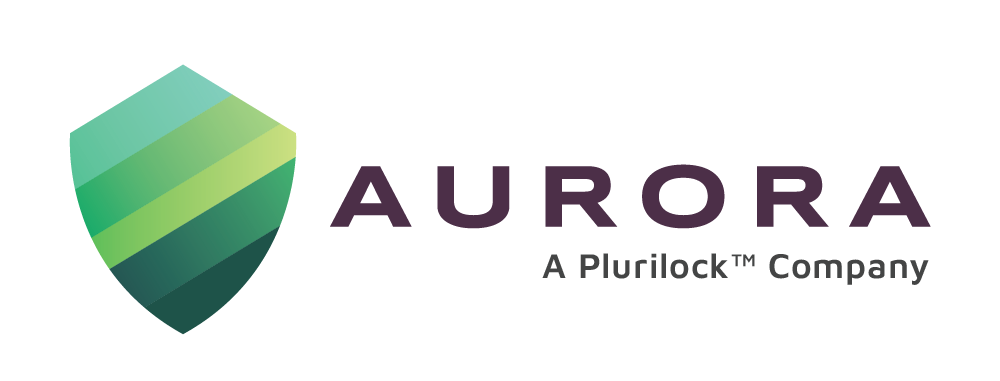Master your IT universe.
For more than 30 years, Aurora’s had you covered.
Aurora helps organizations of all sizes—both private and public—to solve their most critical IT
and cybersecurity needs, efficiently and cost-effectively. Talk to our team of experts today.
Got needs? Schedule a call with an Aurora expert.

Products and Solutions
Aurora carries a full line of products and solutions for all your IT and cybersecurity needs.

Cybersecurity Services
Aurora provides a range of vulnerability and compliance assessments, as well as general cybersecurity consulting services.

Plurilock™ Technology
Aurora offers and integrates industry-leading Plurilock™ technology for intelligent cybersecurity.

Federal Sales
Aurora has a federal purchasing vehicle to suit your needs and the expertise and experience to make fed projects hassle-free.

Case Studies
See how Aurora has helped other organizations to meet IT and cybersecurity needs.

Symantec Specialists
Aurora delivers and deploys Symantec that enable your organization to compute securely.
+1 888-282-0696 / sales@aurorait.com
Latest Blog
Navigating the Complex World of Bots in Modern Cybersecurity
Introduction In 1995, when English Premier League top team Arsenal decided to buy mercurial Dutch forward Denis Bergkamp, they knew they were taking on a
Evaluating Cybersecurity Systems Through Rigorous Testing
Introduction The ‘proof of the pudding is in the eating’ is an old English phrase. Commonly understood to mean that it is possible to make
Securing Our Schools – Combatting the Surge in Cyberattacks on K12 Education
Introduction Though child abuse is an odious comparison, it can be argued that the increasing cyberattacks on K12 schools, students, and their hapless families are

